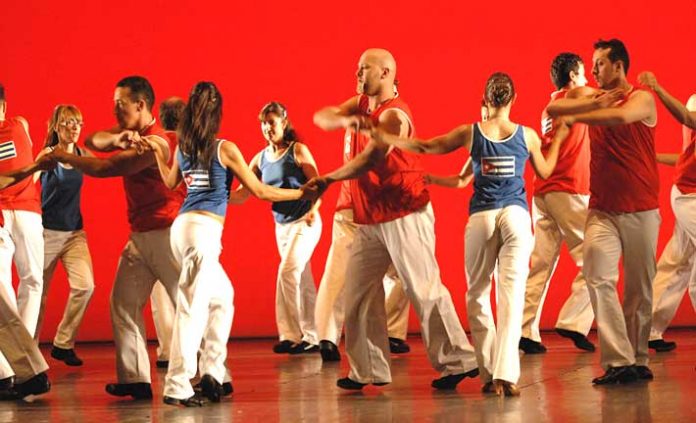Overview of Cuba, country of dancers
Cuba is par excellence; the Country of Dancers and its main space to develop this recreational activity has been always Havana City.
The capital of all Cubans had already in the 50´s, most of its cultural and entertaining centers, which offered daily balls and distraction.
There were also Spanish associations with spacious rooms where large parties were held for its members and guests.
Among these societies some stood out: the “Asturian Center” the “Galician Center” the “Artistic Galician”, the “Curro-Enriquez Society” in Santo Suarez Neighborhood or the “Spanish Casino”. Also one could find social clubs, where large private parties took place.
Cuba, Country of Dancers and its Most Frequented Places
The most frequented places by Cuban dancers are very extensive. From the 1920s to the 50s the capital always had a lot of dancers that demanded places where they could dance at ease.
Cuba dancers´ country, in the late 50s had opened in Havana over 100 places where you could dance.
It is true that while some of these places were for people with high economic level, one can also say that dancers could find places for all tastes and possibilities.
Therefore, as it is popularly said in Havana and throughout Cuba, who he did not dance, it’s because he is “Big Foot” (with two left feet) or “pasmao”.
Among the most frequented places by the dancers were: “The Yesitas” – very close to Carlos III Store – the “Fraternal Union” on Revillagigedo Street, the one in the National Theater highest stories in the Paseo del Prado, the “Union Club Society” in Neptune and Zulueta streets , the ” San Román Tavern ” in Oficio and San Pedro by the Puerto Avenue, the “Athens Salon” at Prado and Neptuno – from where it comes the famous number “La Engañadora” (The Deceitful) by Enrique Jorrin – the “San Luis Hotel” in 73 Belascoaín and Lagunas, and the “Saratoga Hotel Marquesina” in 603 Paseo del Prado and Dragones.
The number of nightclubs was impressive: The “Palermo Club” on the corner of Amistad and San Miguel, the “National Night Club” in San Rafael and Prado, “Las Vegas” in Infanta almost on the corner of Humbolt, the “Prado 260 Bar-Club”, the “Crystal River Club”, the “Mambo’s Club”, the “Ali Bar” on the Dolores and Lucero Avenue, the “Bamboo Club”, the ” Mulgoba Night Club”, the “Night and Day” in Rancho Boyeros Avenue, the “Sierra Night Club”, the “Alloy Night Club” the “Morocco Club”, in 402 Paseo del Prado, the “Intermezzo Bar”, the “Johnny’s Bar-Club”, the ” Pan American Bar-Club “, the “Zombie Club” by Zulueta, among many others. Among the most visited cabarets by the dancers at that time, were the “Sans Souci”, “Tropicana”, the ” Sevilla Hotel “, the “Troncos” the “Topeka”, “La Campana”, the “Tokyo”, the “Buena Vista Social Club” in the of Buena Vista neighborhood, in Marianao etc.








